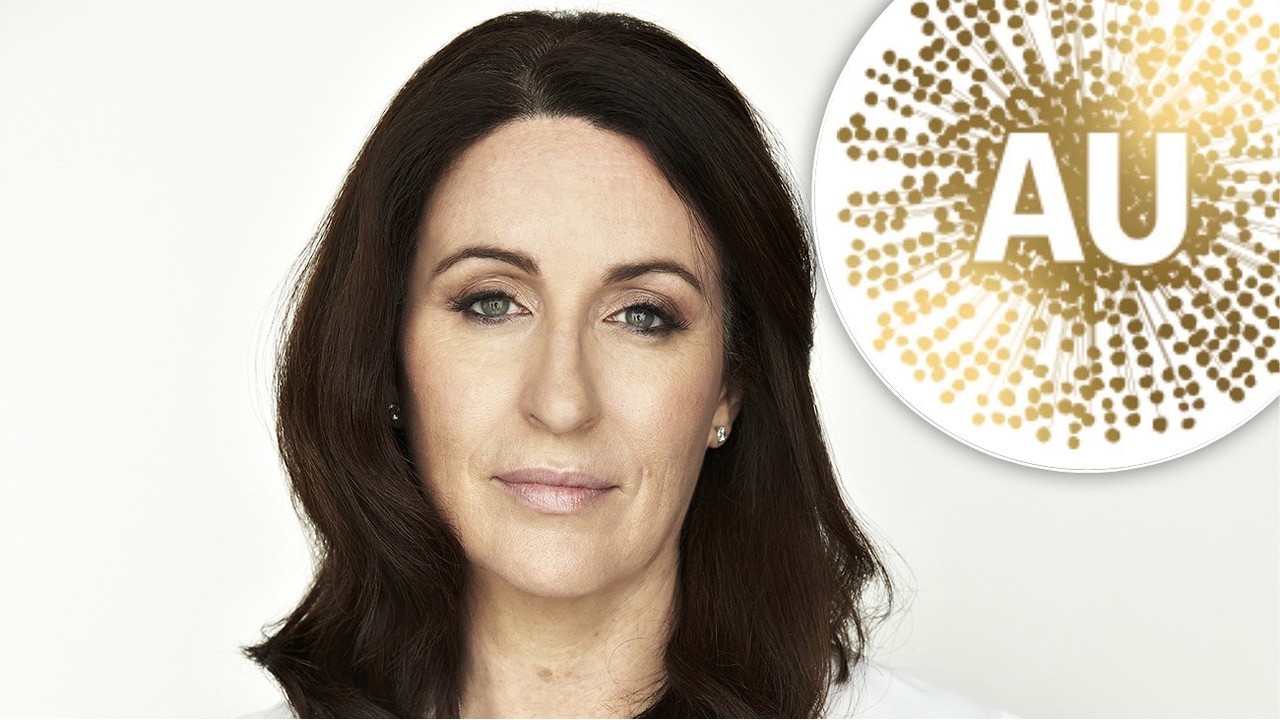It’s time we see cyberbullies for who they truly are
It’s human nature to care what others think of us, even if we don’t know them, and that’s why cyberbullying is so dangerous, and national bullying laws so essential, writes Michael Madigan.
Cyberbullying has a strangely sinister power and it’s fascinating how sharply felt are its fangs, especially among the young.
Queensland Premier Annastacia Palaszczuk is pushing for new national laws protecting victims of cyberbullying, including measures to swiftly remove damaging material from the internet.
The proposal, on the agenda of the year’s final COAG Ministers meeting scheduled for December 12 in Adelaide, was partially prompted by the death of Dolly Everett.
Dolly, just 14, was the Northern Territory girl who attended a Warwick boarding school and who took her own life in the first days of this year after being ridiculed and humiliated online.
It was the famed American writer Mark Twain who noted how powerful the impact of personal abuse could be when it first appears in published form.
Many veteran politicians can recall the first time they were the recipient of personal abuse in a letter-to-the-editor of the local paper.
Most will admit to the strange combination of humiliation and vulnerability accompanying the realisation that “the whole world’’ suddenly appears to be reading about your alleged shortcoming and character flaws.
Journalists, like politicians, are also routinely subject to written abuse which, before the internet, usually arrived in two forms.

The first was the curt, cultivated, grammatically correct letter to the editor which pointed out factual errors in a story.
That letter would often be slapped on the journalist’s desk by an editor who (not yet having received guidance on protocols surrounding workplace bullying) would howl profanity-laced abuse at the reporter for half an hour before demanding the Letters’ Editor “print the damn thing in full’’.
The other form of written abuse were those strange personal missives from readers which featured barely legible sentences meandering well past where a prudent full stop should have halted their progress.
Those sentences, sometimes punctuated with colourful crayon illustrations, would climb their way up the sides of the pages referencing a range of sources, from the Magna Carta to the Holy Bible, to support arguments that the reporter was a reprehensible human being who must immediately be fired from their job.
The former had to be accepted as a fair cop, serving as a brutal reminder to be accurate in your reporting.
The latter could be dismissed with laughter, along with a sort of reserved sympathy for the author who might well be struggling with mental health issues.
But cyber-bullying far transcends the impact of the letter to the editor.
It even appears to eclipse the power of the old poisoned pen letter, or those obscene phone calls which were popular in the mid-20th century when the phone was still a novel household item.

Cyberbullying, I suspect, somehow tricks the brain into believing that the person delivering the abuse is somehow an intimate — part of a peer group whose views, opinions and criticisms must be recognised and valued.
If we take even the most cursory look back over our evolution, we can see why it makes good sense to value the views, opinions and criticisms of our closest companions.
For thousands of years we existed in tiny groups with our communications limited almost exclusively to members of one small tribe or village where lives were very much co dependent upon one another.
Written communication only became popular among ordinary people in the 19th Century, opening up the lines of human communication across the globe as postal systems grew more sophisticated.
A mere 200 years later we have leapfrogged into a new age where millions of people (especially teenagers) are communicating instantly for hours a day with vast groups of faceless people they know nothing about, and whose physical paths they will never cross.
In some ancient part of their DNA must exist the notion that this vast swath of humanity is part of their immediate tribe and must be taken seriously — so seriously that a barrage of negative comments from even utter strangers can lead to suicide.
Adults who have developed emotional calluses can often dismiss those sinister online figures who are masters of emotional manipulation, turning bullying into an art form.
But teenagers are far more vulnerable. Lifeline says one in five young Australians have been subject to cyberbullying.
If the Premier can inject some humanity into this lethal an online culture, she deserves our congratulations.
Michael Madigan is a Courier-Mail reporter.
Originally published as It’s time we see cyberbullies for who they truly are


